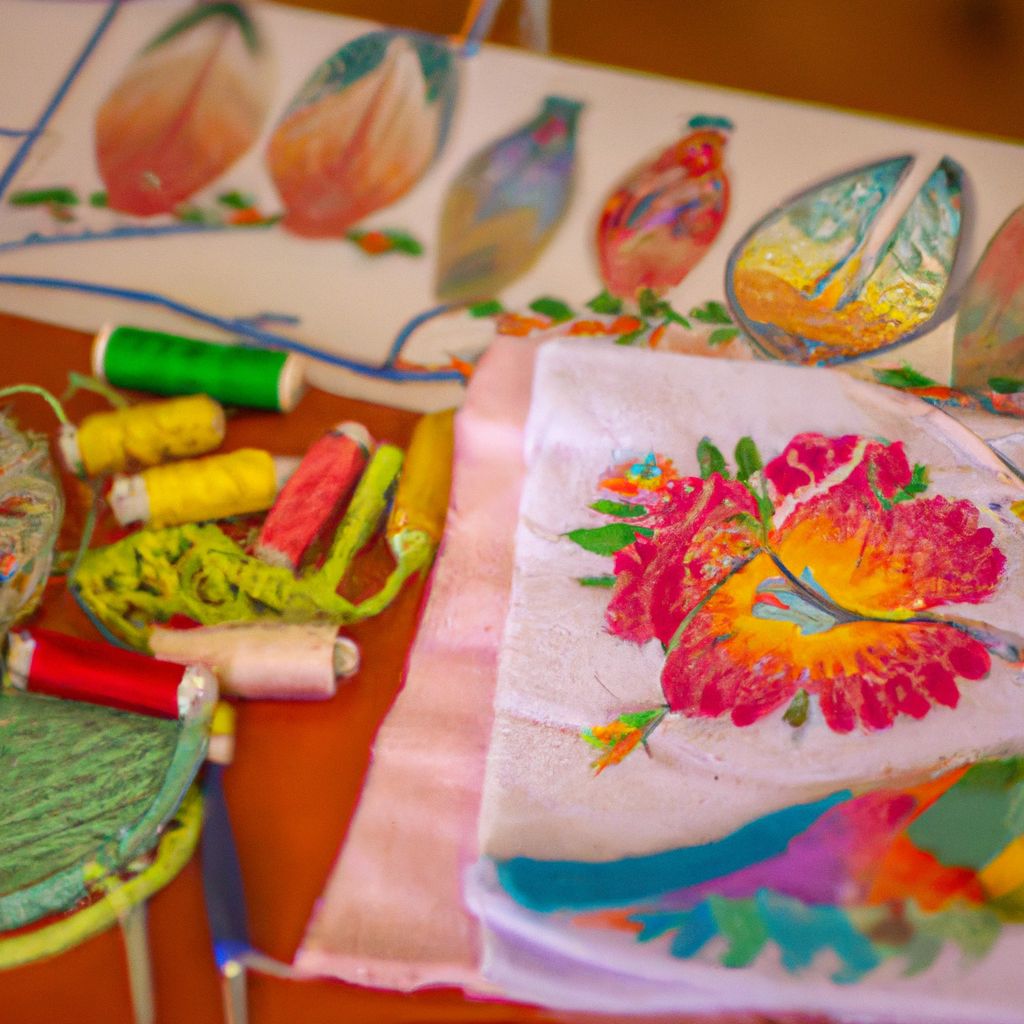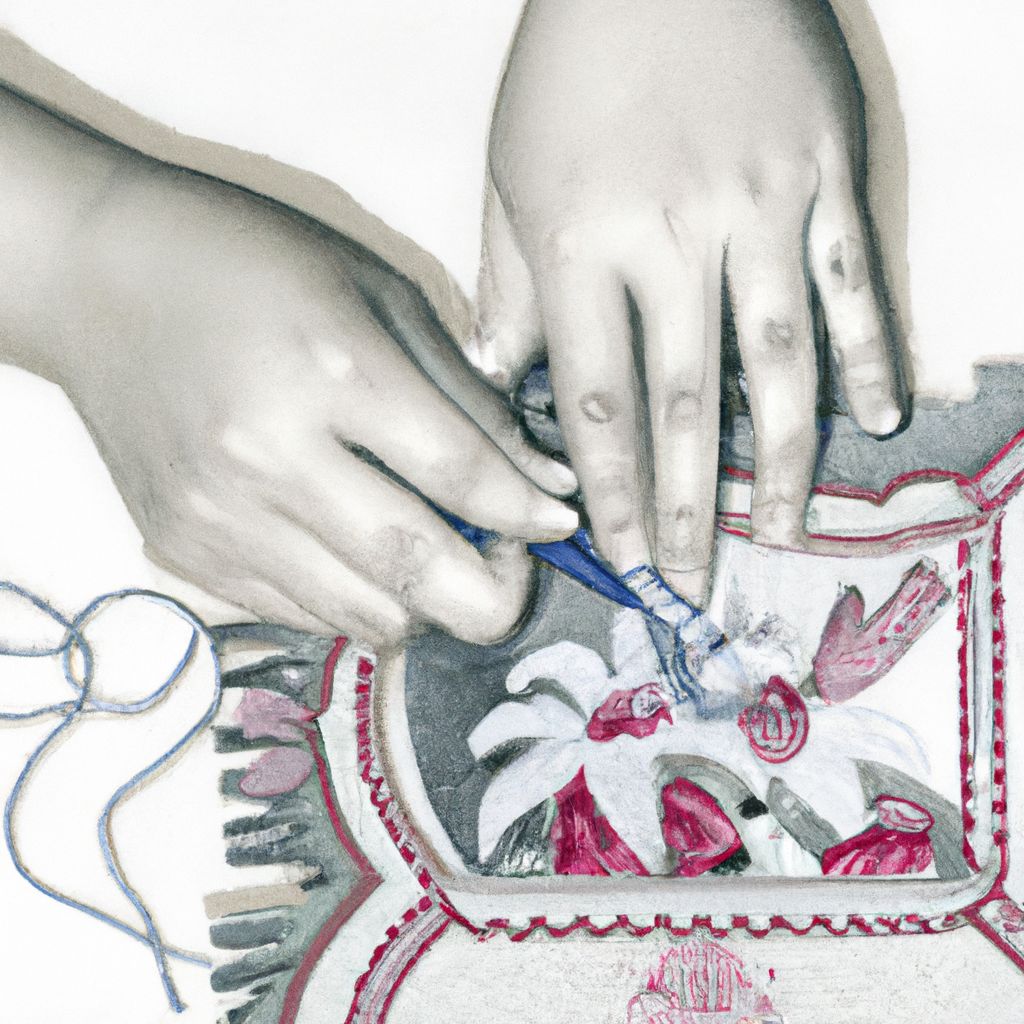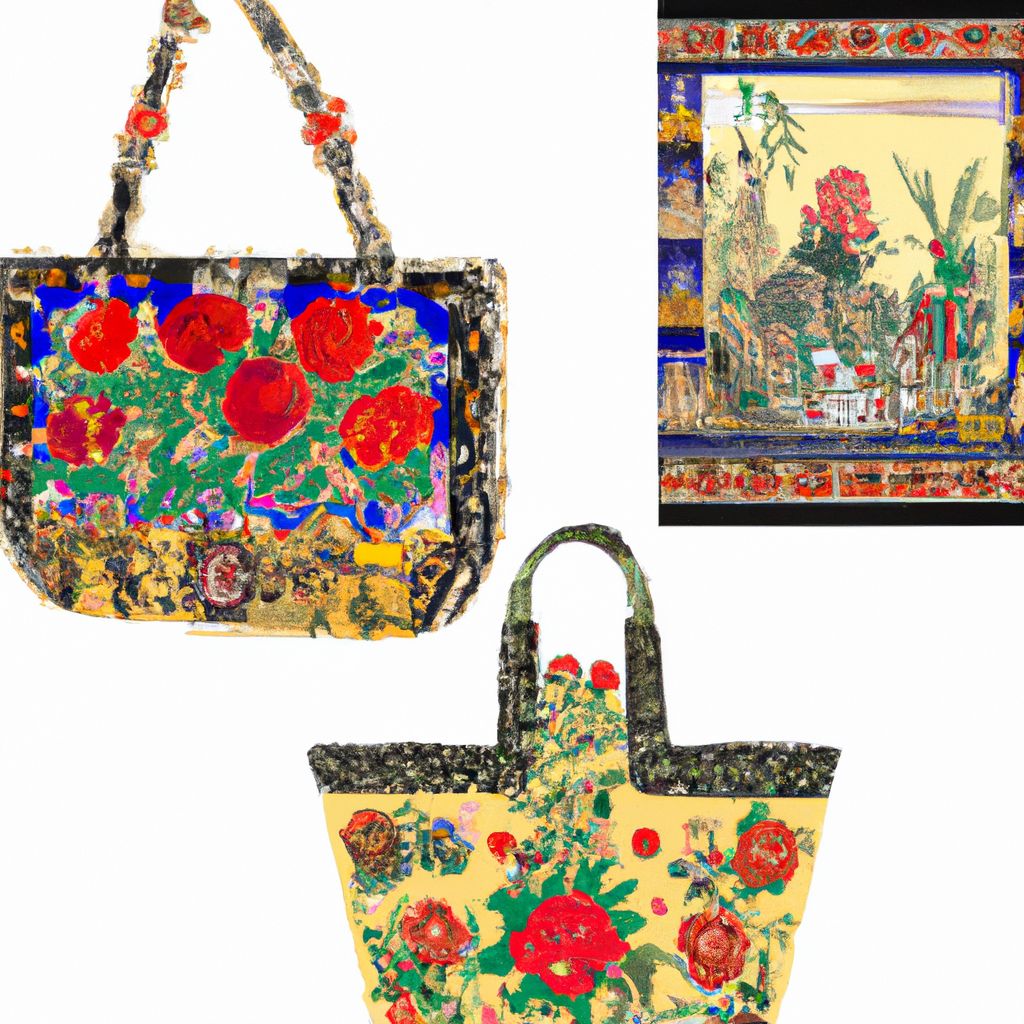- Introduction to Embroidery
- Embroidery in Ancient Times
- Embroidery in the Middle Ages
- Embroidery during the Renaissance and Industrial Revolution
- Modern Day Embroidery
- The Evolution of Embroidery Techniques
- Embroidery as a Symbol and its Cultural Significance
- Conclusion: The Timelessness of Embroidery
Introduction to Embroidery

Embroidery, a timeless art form, has been an integral part of human culture for millennia. The practice of adorning fabric with needle and thread dates back to ancient civilizations, with earliest evidence found from Cro-Magnon days, around 30,000 BC. Over centuries, it has evolved into a sophisticated art form, embraced by different cultures and societies worldwide for its aesthetic, social, and symbolic significance.
In the hands of skilled artisans, embroidery transforms ordinary materials into extraordinary works of art. The intricate designs and vibrant colors convey stories, traditions, and even the personal status of the wearer. Today, embroidery remains a highly respected craft, both for its cultural importance and creative expression.
Embroidery in Ancient Times

Egypt: The art of embroidery was highly developed in ancient Egypt. The Egyptians used linen as a base fabric, embroidering religious symbols and motifs of daily life with colored wool or linen thread. The surviving examples from the tombs of Egyptian pharaohs reveal their proficiency in techniques like chain stitch, satin stitch, and cross stitch.
China: Embroidered silk garments have been discovered in China dating back to the Shang dynasty (16th - 11th century BC). The Chinese employed sophisticated techniques such as satin stitch, split stitch, and seed stitch to create intricate motifs of dragons, phoenixes, and other mythical creatures. They also pioneered the use of silk thread, recognized globally for its luster and fine texture.
Persia: Ancient Persians were known for their exquisite embroidery skills. They used a variety of stitches, including stem stitch, chain stitch, and buttonhole stitch, to create intricate floral and geometric patterns. Persian embroidery often featured gold and silver threads, enhancing the richness of their designs.
While the materials and techniques varied, the purpose of embroidery in these ancient civilizations was the same - to demonstrate wealth and status, to protect against evil, and to tell stories of their culture and beliefs. As such, embroidery was not just an art form, but also a powerful mode of communication and expression.
Embroidery in the Middle Ages

Eastern World: During the Middle Ages, embroidery continued to flourish in the East, particularly in the Islamic world. Here, embroidery was often used to adorn religious textiles, such as prayer rugs and Quranic covers. The designs typically included Islamic geometric patterns, arabesques, and calligraphy, all embroidered with great precision and care.
In India, the Mughal empire (1526-1857) saw a remarkable outburst of embroidery artistry. The royal courts commissioned elaborate textiles embroidered with gold and silver threads, pearls, and precious stones. The designs often depicted scenes from Mughal court life, wildlife, and stylized floral motifs.
Western World: In the West, the Middle Ages marked the rise of ecclesiastical or church embroidery, also known as Opus Anglicanum. This was a style widely practiced in England, known for its intricate detail, use of gold thread, and depiction of biblical scenes and figures. These embroidered pieces were highly sought after by both royal and religious institutions across Europe.
Similarly, in France, the Bayeux Tapestry, a detailed embroidered cloth nearly 70 meters long, narrates the events leading up to the Norman conquest of England. It is a testament to the narrative ability of embroidery during this period.
Thus, the Middle Ages witnessed the expansion of embroidery into a more structured and institutionalized art form, often serving religious and royal purposes. It was a period of great creativity and technical innovation, as well as a reflection of the socio-cultural landscape of the times.
Embroidery during the Renaissance and Industrial Revolution
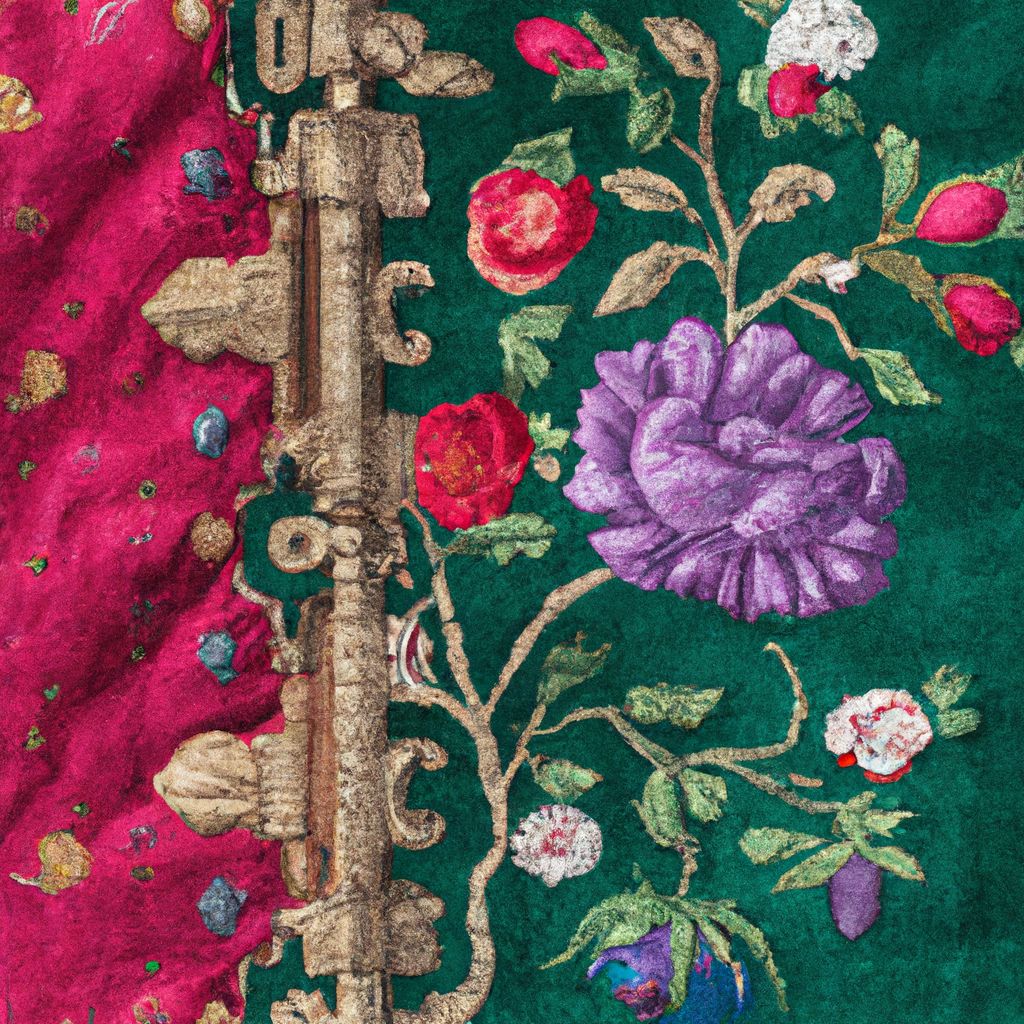
Renaissance: The Renaissance, a period of artistic and intellectual rebirth, influenced embroidery in Europe significantly. The introduction of printed patterns during this era allowed a wider dissemination of designs, encouraging more people to take up the craft. The themes of embroidery shifted from religious to secular, featuring mythological scenes, botanical motifs, and emblematic designs. Italian and French schools of embroidery were particularly renowned for their detailed work and innovative techniques.
However, the Renaissance also saw a change in the perception of embroidery. While it was still appreciated as an art form, the craft was increasingly seen as a suitable pastime for women of the upper and middle classes, leading to its gradual devaluation in the professional arts.
Industrial Revolution: The Industrial Revolution in the 19th century brought significant changes to the world of embroidery. The invention of the embroidery machine, patented by Alphonse Kursheedt, revolutionized the industry by allowing for mass production of embroidered goods. This led to a democratization of embroidery, making it more accessible and affordable to the general public.
However, the mechanization also led to a decline in hand embroidery, as machine-made products were cheaper and quicker to produce. Despite this, hand embroidery survived, and even experienced a resurgence in the late 19th century with the Arts and Crafts movement, which emphasized the value of handcrafted goods.
Thus, the Renaissance and the Industrial Revolution marked significant transitions in the embroidery industry, from the spread of printed patterns to the introduction of machine embroidery. These changes reflected the broader socio-economic transformations of the times, shaping the way we approach and appreciate the art of embroidery today.
Modern Day Embroidery

In the modern era, embroidery continues to thrive, adapting to contemporary aesthetics and integrating new technologies. Traditional techniques are still in practice, but they are often combined with innovative approaches to create fresh, exciting designs.
Current trends in embroidery include the use of 3D techniques, mixed media, and freestyle embroidery. Designers are experimenting with a variety of materials, such as metallic threads, beads, sequins, and even unconventional items like LED lights. Themes are diverse, ranging from traditional floral and geometric motifs to abstract and conceptual designs, often reflecting personal narratives or social issues.
Technology has significantly influenced modern embroidery. Digitized embroidery machines allow intricate designs to be executed with precision and speed, making mass production more efficient. Softwares like Adobe Illustrator and CorelDRAW are used to create and edit designs before they are transferred to the machine. Embroidery digitizing, a process that converts images into stitch files, has opened up new possibilities, enabling virtually any image to be transformed into an embroidery design.
Moreover, the internet has played a crucial role in the global dissemination of embroidery knowledge and skills. Online platforms offer tutorials, patterns, and forums where enthusiasts can learn, share, and collaborate. Social media, particularly Instagram and Pinterest, have become popular spaces for showcasing and selling embroidered works, supporting both established artists and emerging talents.
Despite these advancements, the essence of embroidery remains the same - it is an art form that requires patience, skill, and creativity. Whether executed by hand or machine, traditional or contemporary, embroidery continues to captivate us with its ability to transform the mundane into the extraordinary.
The Evolution of Embroidery Techniques
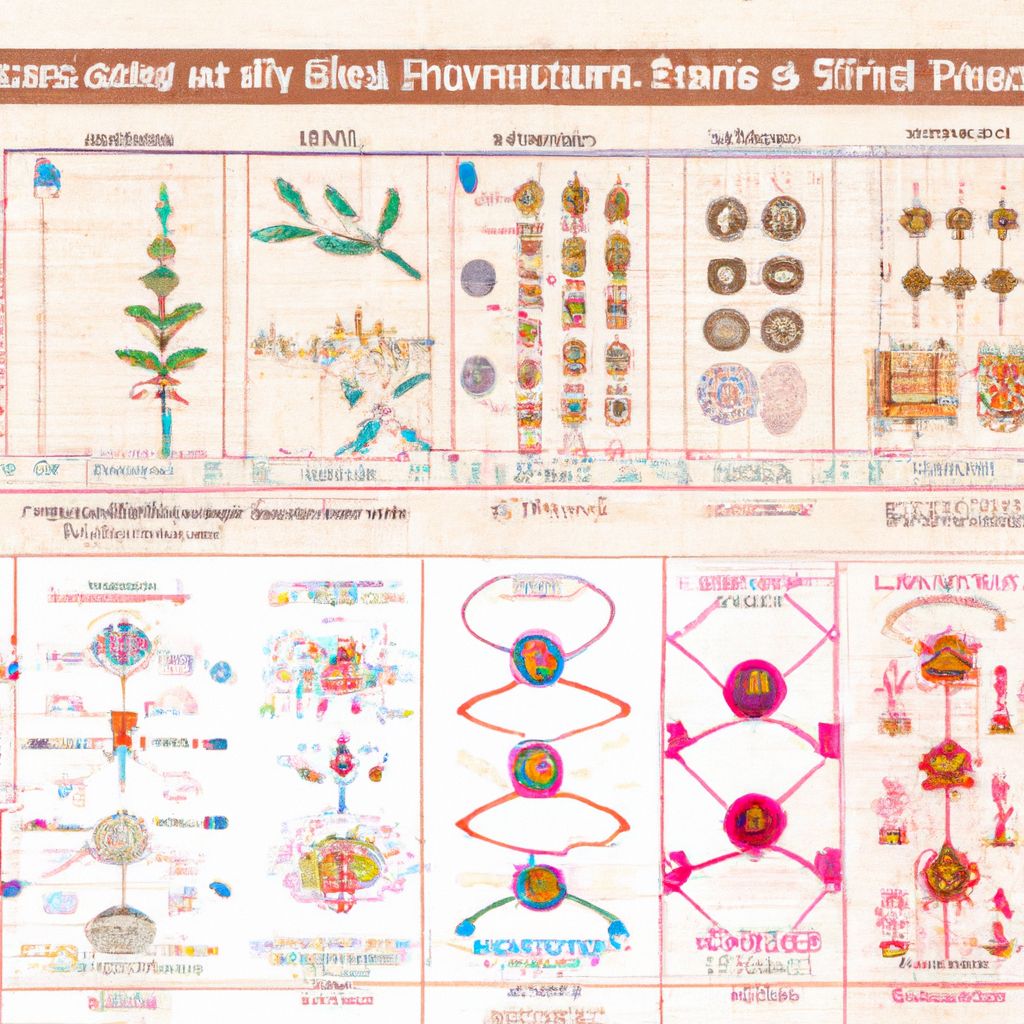
The evolution of embroidery techniques is a testament to human creativity and technological advancement. From the simple running stitch of ancient times to the complex digitized designs of today, each period has contributed to the rich tapestry of embroidery techniques.
Hand Embroidery: Hand embroidery began with basic stitches like the running stitch, chain stitch, and satin stitch. The ancient Egyptians, for instance, mastered these stitches to create intricate designs on their textiles. With time, more complex stitches were developed, such as the split stitch, stem stitch, and French knots.
During the Middle Ages, the Opus Anglicanum style introduced the use of couching, a technique where threads are laid on a surface and fastened with small stitches. The Renaissance saw the introduction of blackwork, a style that uses black thread on a white background to create geometric patterns.
Machine Embroidery: The advent of the Industrial Revolution in the 19th century marked a significant transition in the world of embroidery. Alphonse Kursheedt's invention of the embroidery machine allowed for rapid, uniform stitching, revolutionizing the industry. However, these machines were still operated manually.
It was only in the 20th century that fully automated machines were developed. These machines used punched paper tapes to guide the design, a precursor to today's digital embroidery machines.
Modern Techniques: Today, embroidery machines are computerized, capable of executing intricate designs with precision and speed. Embroidery digitizing software converts images into stitch files, which can be read by the machine. This technology has expanded the possibilities of embroidery, allowing for complex, multi-colored designs to be produced on a large scale.
Despite the technological advancements, hand embroidery remains an admired and practiced art form. The craft's tactile nature and the unique character of hand-stitched pieces are aspects that machines cannot replicate. Thus, the evolution of embroidery techniques is not a linear progression from hand to machine, but rather a broadening of the field, offering a range of possibilities for artistic expression.
Embroidery as a Symbol and its Cultural Significance
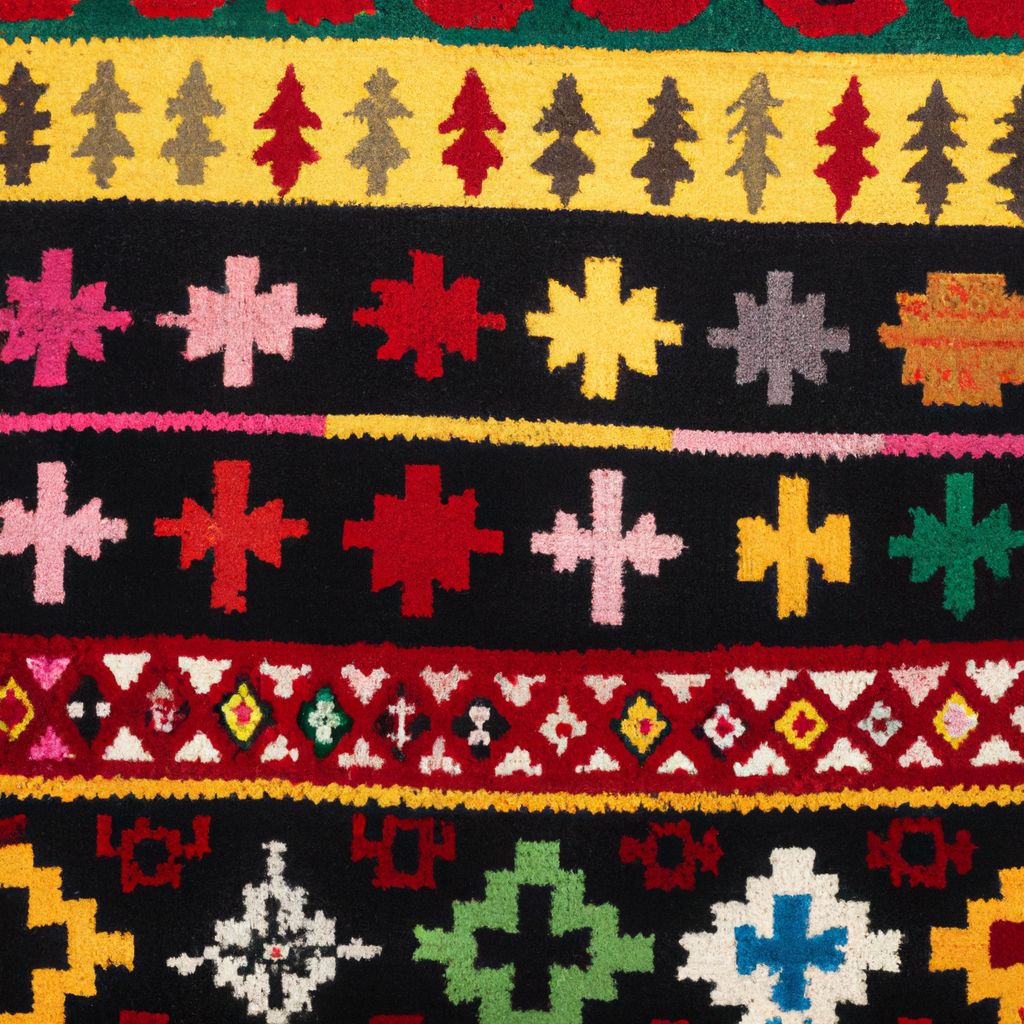
Embroidery, beyond its aesthetic appeal, has often served symbolic and cultural functions in societies across time and space. The motifs, colors, and techniques used in embroidery often carry specific meanings, reflecting the beliefs, traditions, and social structures of the culture it belongs to.
In ancient Egypt, for example, embroidered motifs were often religious or symbolic in nature, used to confer protection or denote status. Similarly, in medieval Europe, embroidered church vestments and altar cloths featured biblical scenes and religious symbols, expressing devotion and enhancing the sacredness of the liturgy.
In China, the art of embroidery was so esteemed that it was one of the 'Four Arts' that Chinese women were expected to master. The intricacy of the embroidery reflected a woman's diligence and virtue. Moreover, Chinese embroidery often featured symbols like the dragon and phoenix, which represent power and renewal, respectively.
In indigenous cultures, such as the Hmong people of Southeast Asia, embroidery is an important medium of storytelling and cultural preservation. The Hmong use a form of embroidery known as "Paj Ntaub" (flower cloth) to depict their history and beliefs in a visual narrative.
In modern times, embroidery continues to carry symbolic meanings. For example, in the feminist art movement of the 20th century, embroidery was reclaimed as a form of women's art, challenging the gendered distinction between craft and fine art. Today, many artists use embroidery to comment on social and political issues, making it a powerful tool for personal expression and activism.
Thus, embroidery is much more than decorative needlework; it is a cultural text, conveying meanings and messages that extend beyond the surface of the cloth. Its cultural significance lies in its capacity to express identity, narrate histories, and engage with larger socio-cultural discourses.
Conclusion: The Timelessness of Embroidery

Embroidery, with its rich history and diverse techniques, continues to captivate us with its timeless appeal. Its ability to transform a simple piece of fabric into a work of art, through the interplay of thread and needle, makes it a unique and enduring form of expression.
In contemporary fashion, embroidery adds a touch of luxury and craftsmanship. Designers often use embroidery to enhance the texture and visual interest of their creations, from haute couture gowns to casual streetwear. Embroidered details, whether handcrafted or machine-made, signify a level of care and attention that sets the piece apart.
Embroidery's impact extends beyond fashion to other areas of design, including interior decor, textile art, and even digital media. It continues to inspire artists and designers with its potential for creativity and innovation.
Furthermore, the resurgence of interest in traditional crafts, coupled with the accessibility of digital tools, has brought embroidery to a wider audience. Today, anyone with a needle, thread, and a bit of patience can explore the art of embroidery, joining a tradition that spans thousands of years.
In a world that is increasingly digital and mass-produced, the tactile and personalized nature of embroidery offers a refreshing counterpoint. Whether it's a delicate silk embroidery from China, a vibrant floral pattern from Mexico, or a contemporary artwork pushing the boundaries of the medium, embroidery continues to captivate us with its beauty, diversity, and enduring relevance.



